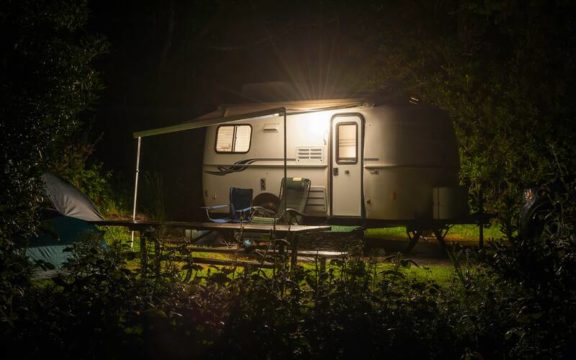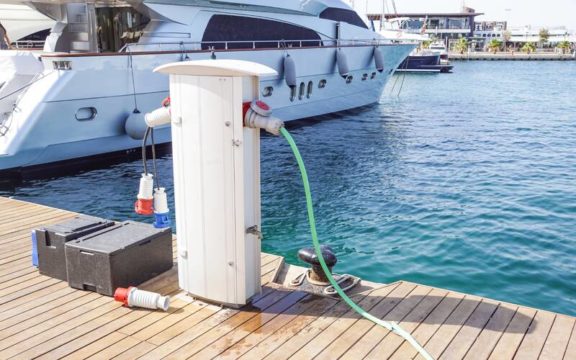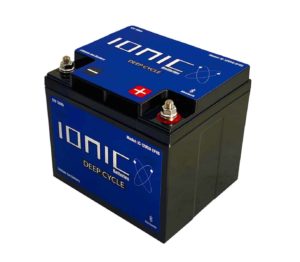Recent Reviews
Shop LithiumHub Products
our best selling ionic brand lithium batteries
Our Ionic lithium marine batteries are created with the highest quality materials. Built for the long haul, these batteries will provide you with countless hours of enjoyment on the water.
-
Ionic Lithium 12V 50Ah | LiFePO4 Deep Cycle Battery + Bluetooth
Original price was: $599.00.$349.00Current price is: $349.00. Add to cart -
Ionic Lithium 12V 100Ah | LiFePO4 Deep Cycle Battery + Bluetooth
Original price was: $1,099.00.$699.00Current price is: $699.00. Add to cart -
Ionic Lithium 12V 125Ah | Dual Purpose Starter Battery 1100 CA + LiFePO4 Deep Cycle
Original price was: $1,199.00.$789.00Current price is: $789.00. Add to cart

need help finding the right deep cycle battery?
Our experts are just a click (or a call) away. Get fast, expert battery advice from a real human, located right here in the USA.
revolutionize every adventure
Ready to revamp your boat, RV, kayak, or solar setup? Select your pastime to get started.
Maximize Your Machine’s Potential
Ionic Lithium LiFePO4 batteries aren’t just for play. Put them to work in your commercial applications, scooter, UTV, or lawnmower setups. Shop batteries by application below.
GET IN THE LOOP
We’re always adding incredible lithium products to our lineup. Want to be the first to know when they drop? Sign up for LithiumHub updates, and get the inside scoop on exclusive deals and exciting new additions.
















